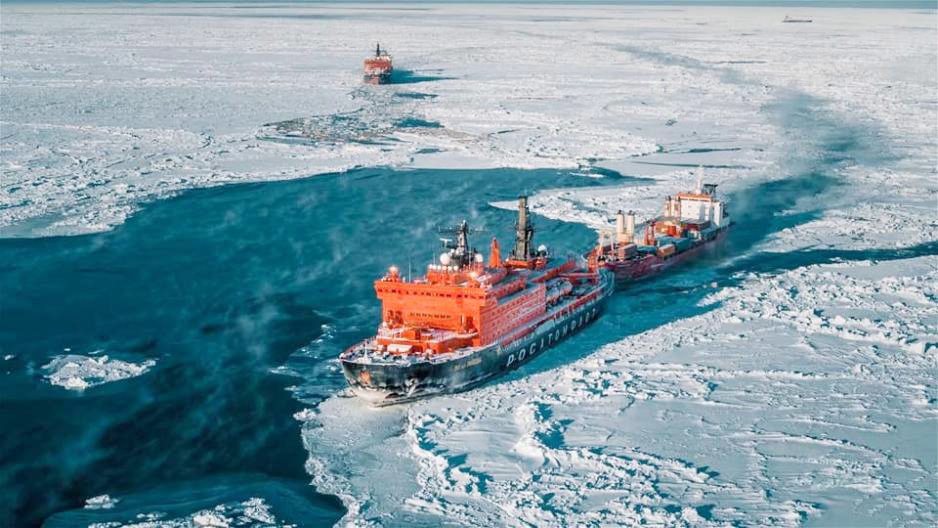
Alexey Likhachev, Director General of Rosatom, emphasized increased cargo traffic for the development of the North Sea Route (NSR). He was addressing a session “Long-term development model for the Northern Sea Route” during the VI International Arctic Forum “The Arctic -the territory of dialogue”.
“First of all, we need to ensure that there is cargo flow on the NSR. The volume of cargo has already amounted to tens of millions of tons, with last year’s record nearly 38 million tons. Our northern deposits developers tell us to be prepared for hundreds of millions of tons,” commented Likachev.
“Now, as per the scenario, we need 11 icebreakers, which we already have (including eight nuclear icebreakers). We must move on to the next stage and plan 100 and 150 million tons and 15 to 17 icebreakers instead of 10 or 11. Therefore, we must construct them”.
He also stressed the significance of international cooperation. “An icebreaker does not transport cargo, so we need a cargo fleet. I understand that we do not have enough capacity to meet the demand for cargo vessels in advance, and this is where international cooperation is necessary.”
He also suggested switching to 30-year planning for the NSR, noting that a comprehensive plan for the route development must be long-term.
Vladimir Panov, Rosatom’s Special Representative for the Arctic Development, emphasized that Russia’s collaboration with China and India on the Northern Sea Route has reached a systematic level. He added that regular container shipments between China and Russia via the NSR started two years ago, and the number of voyages has never stopped increasing.
The comprehensive development of the Russian Arctic is a national strategic priority. In 2018, the Russian Government appointed Rosatom the NSR infrastructure operator.




